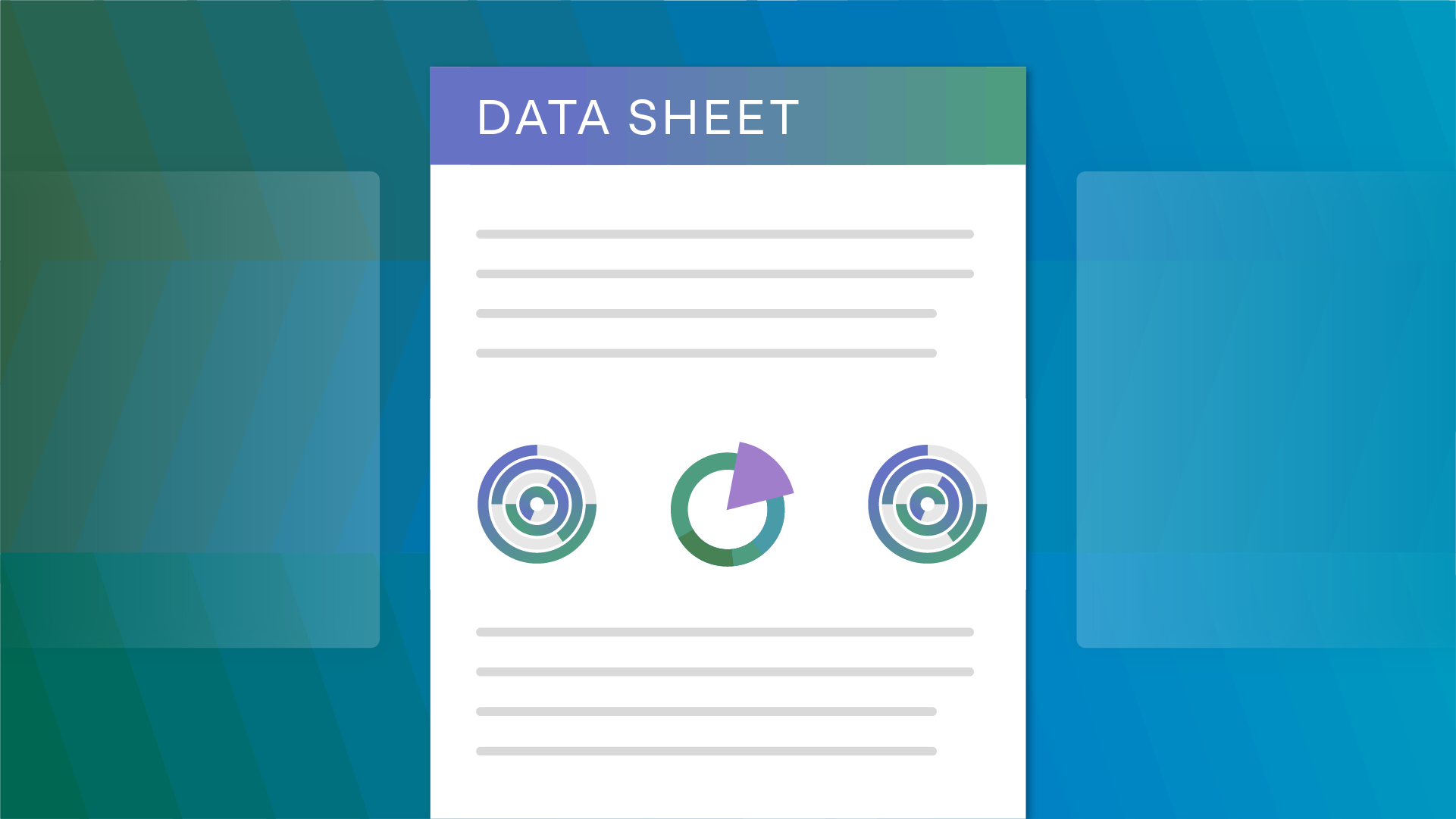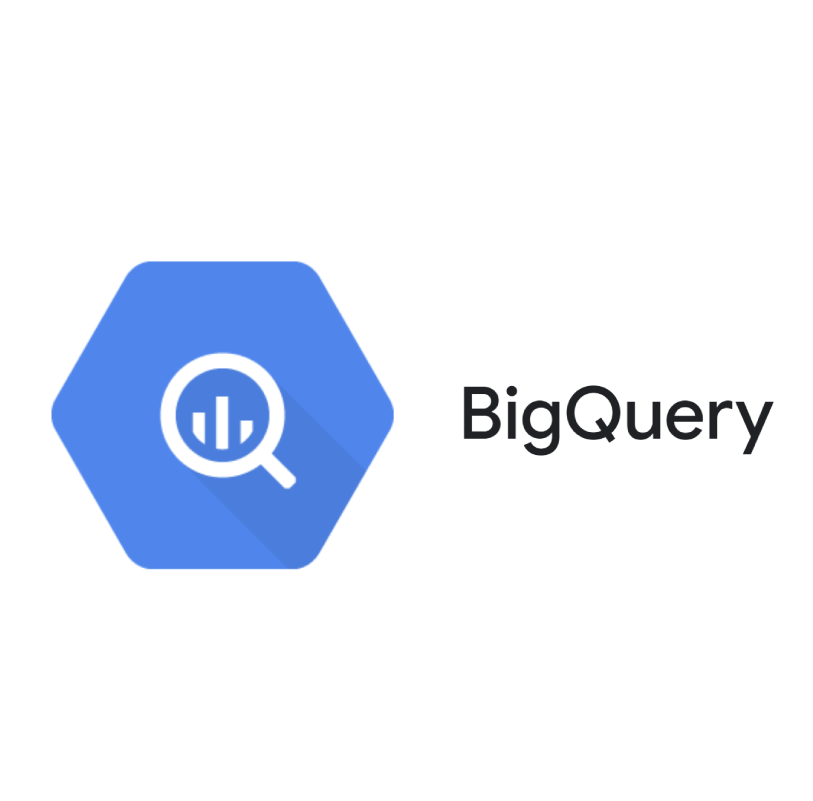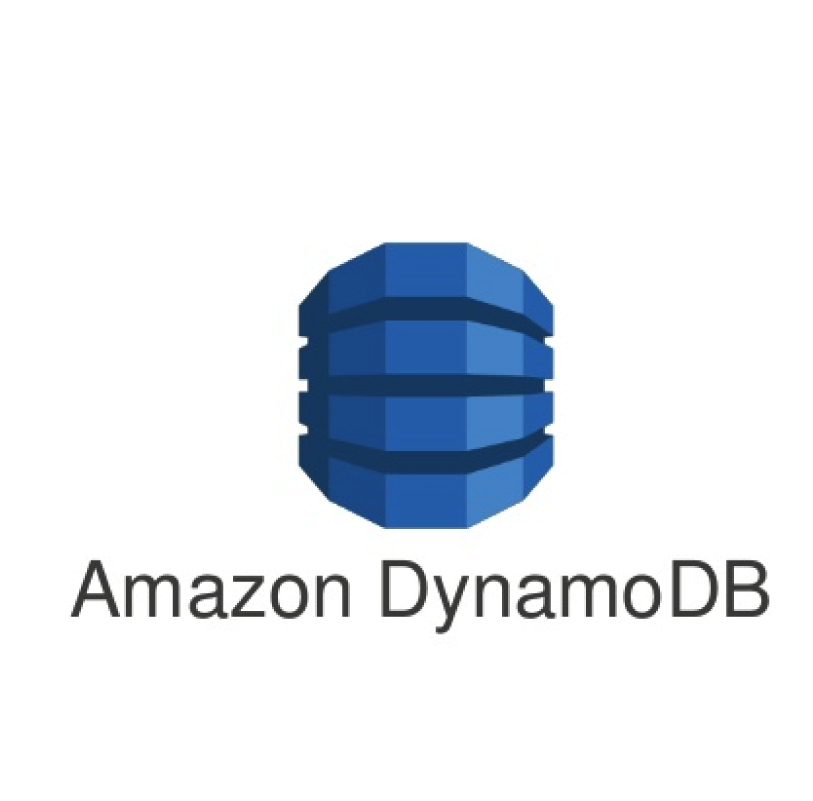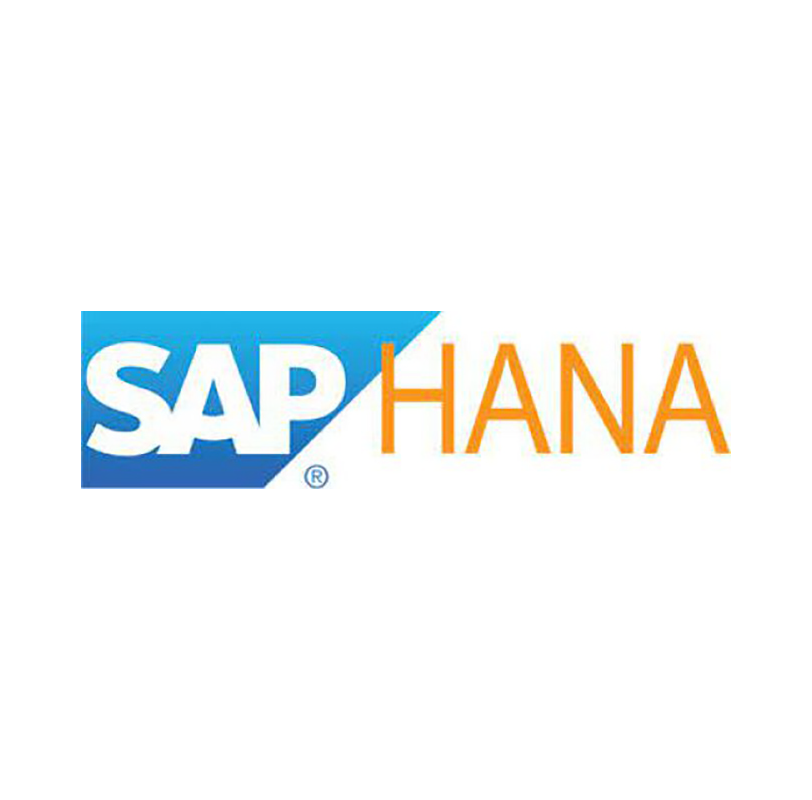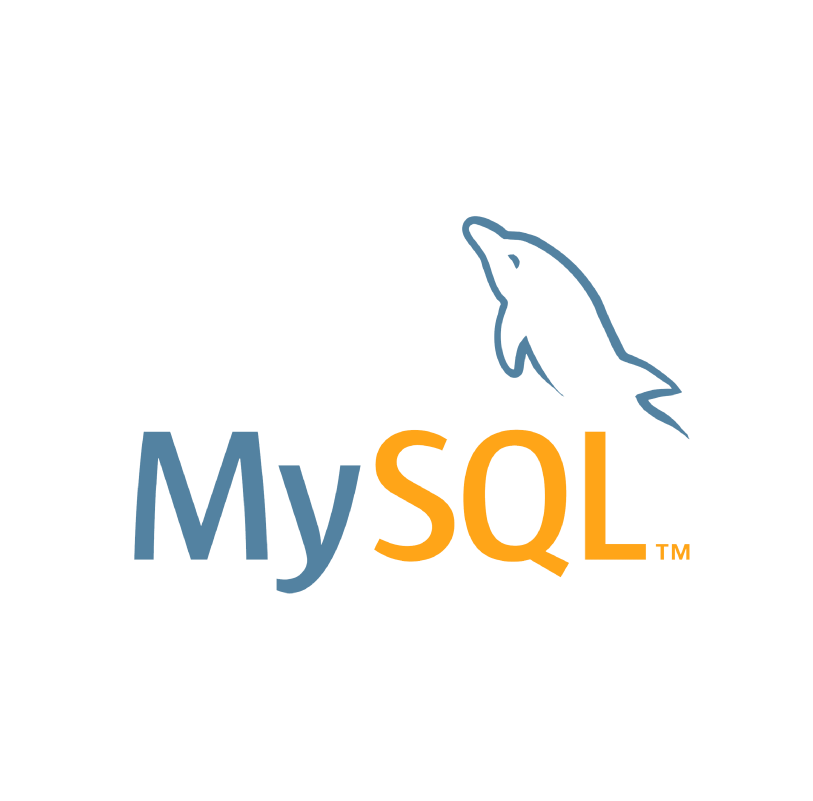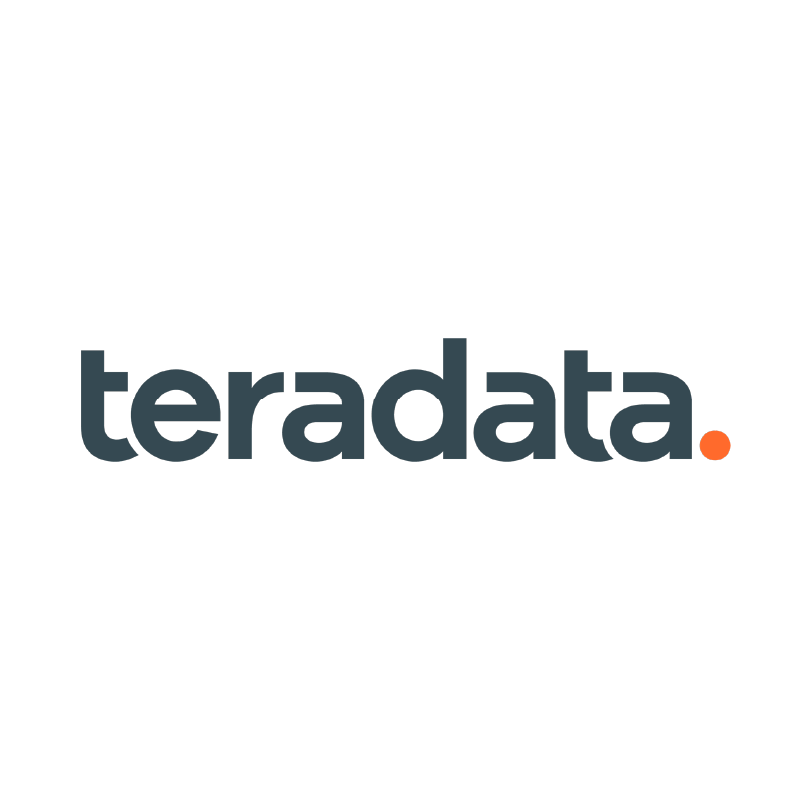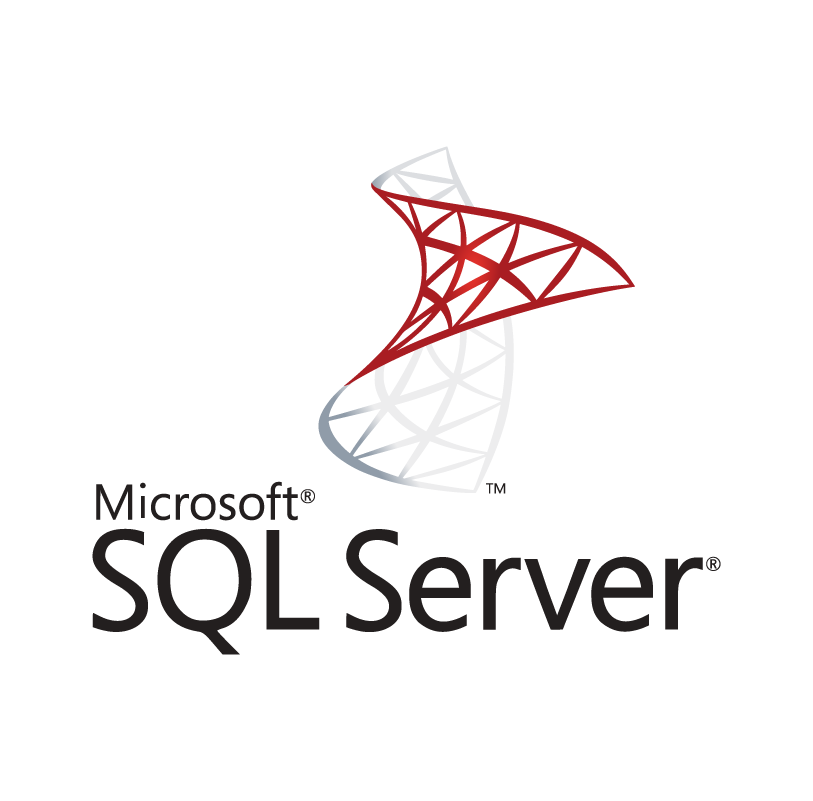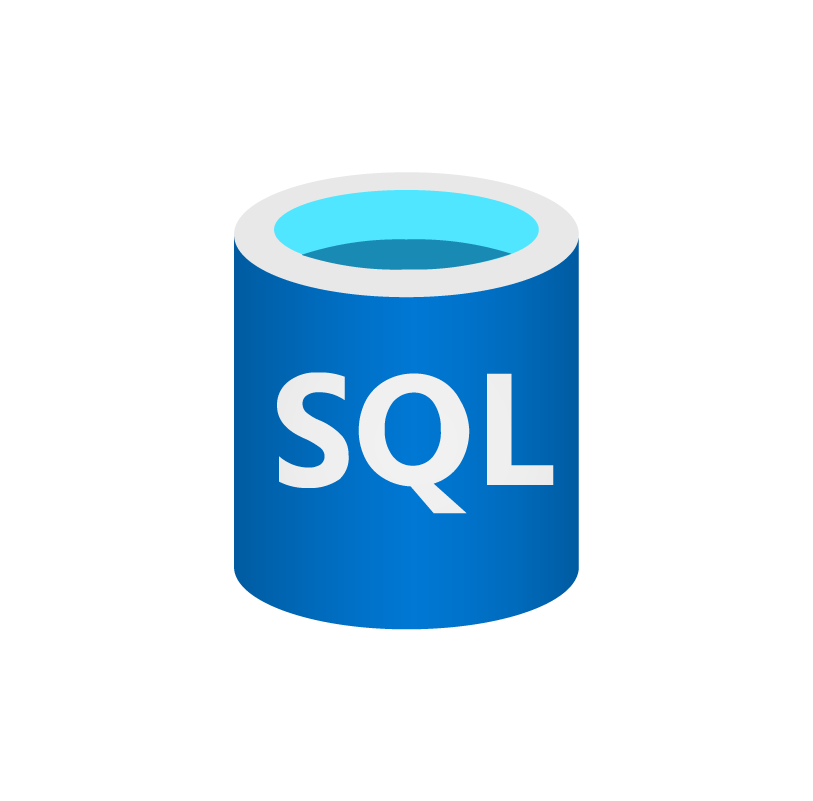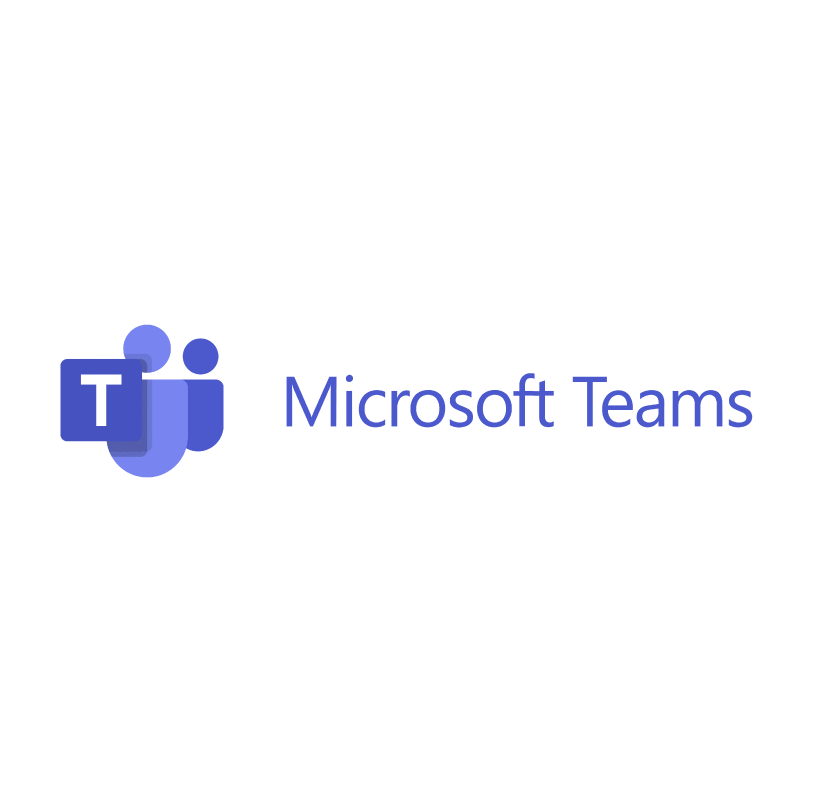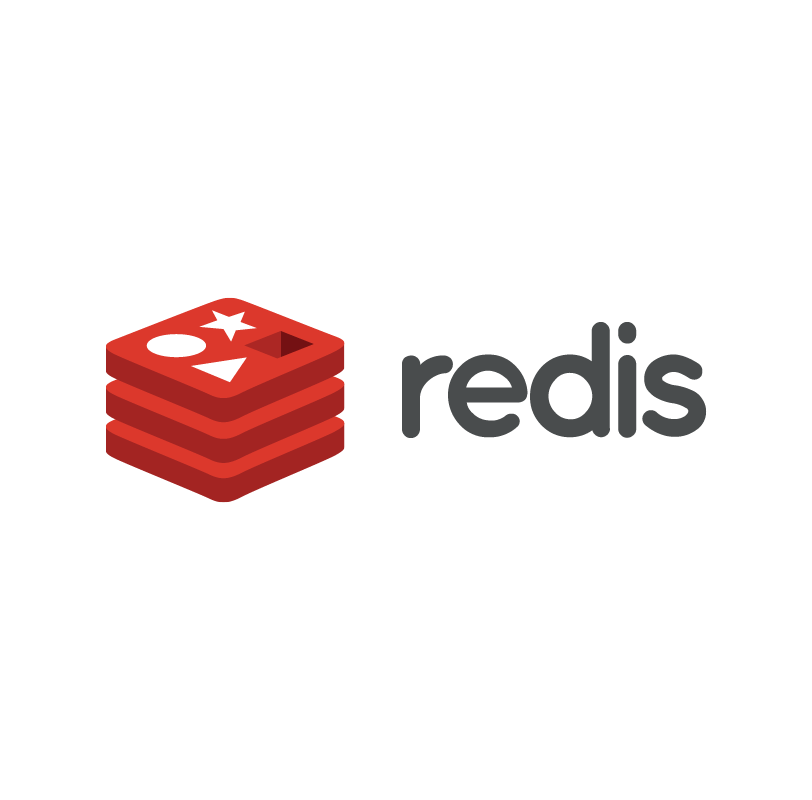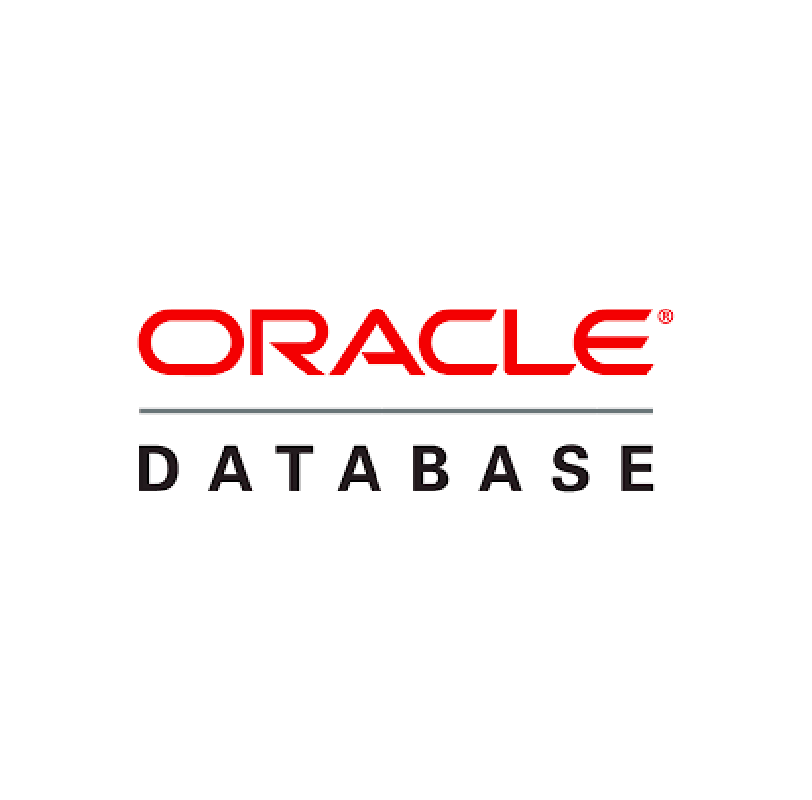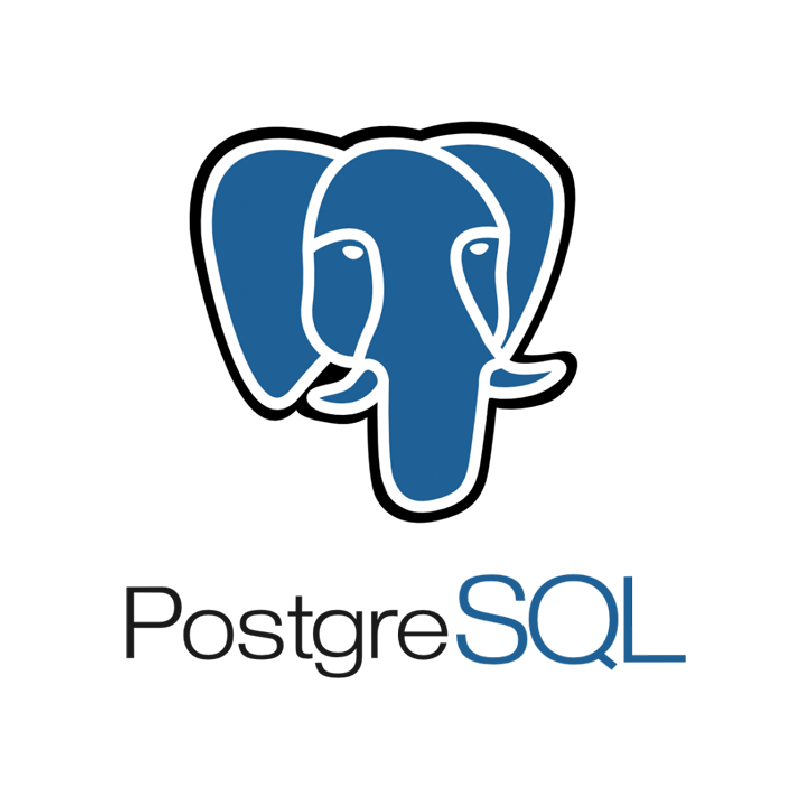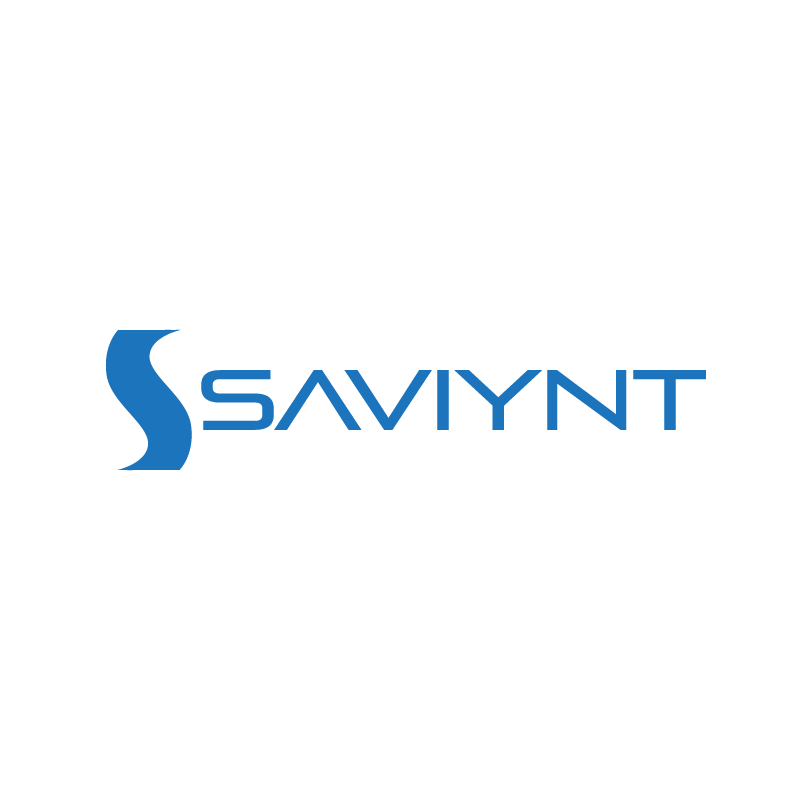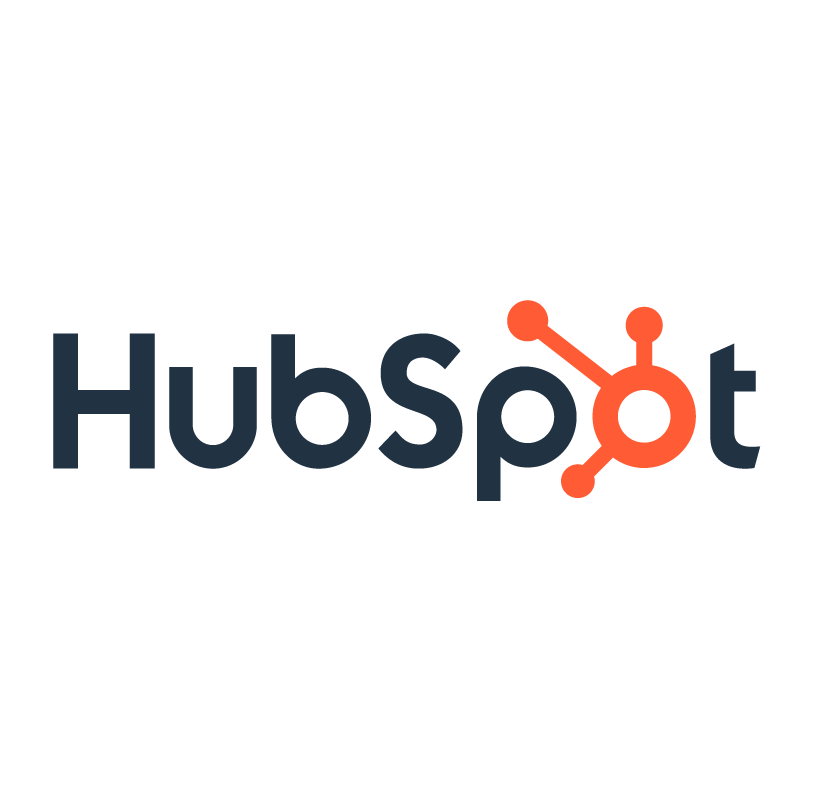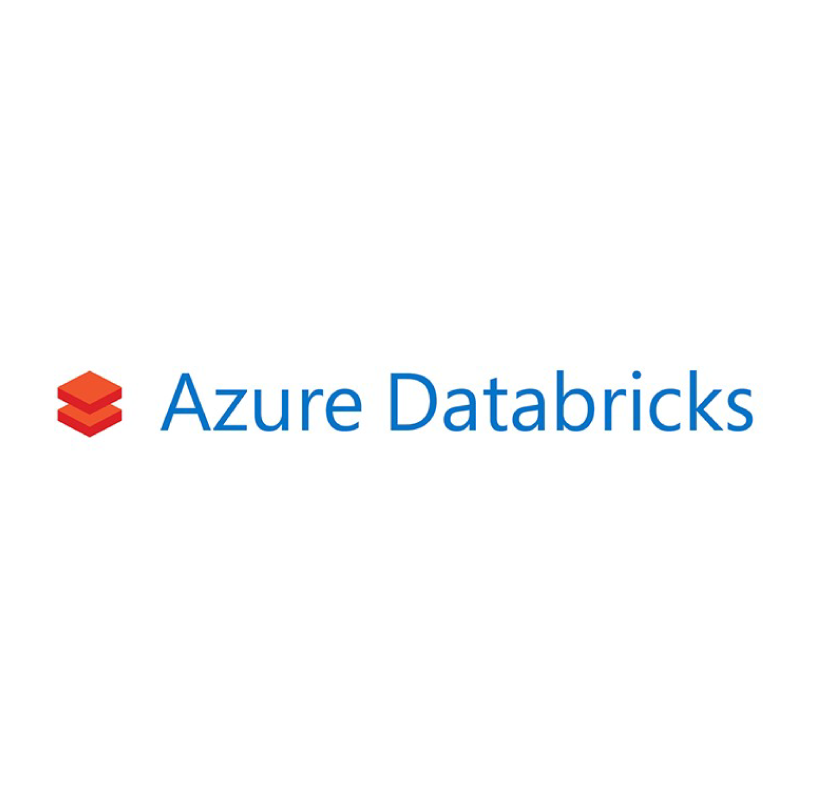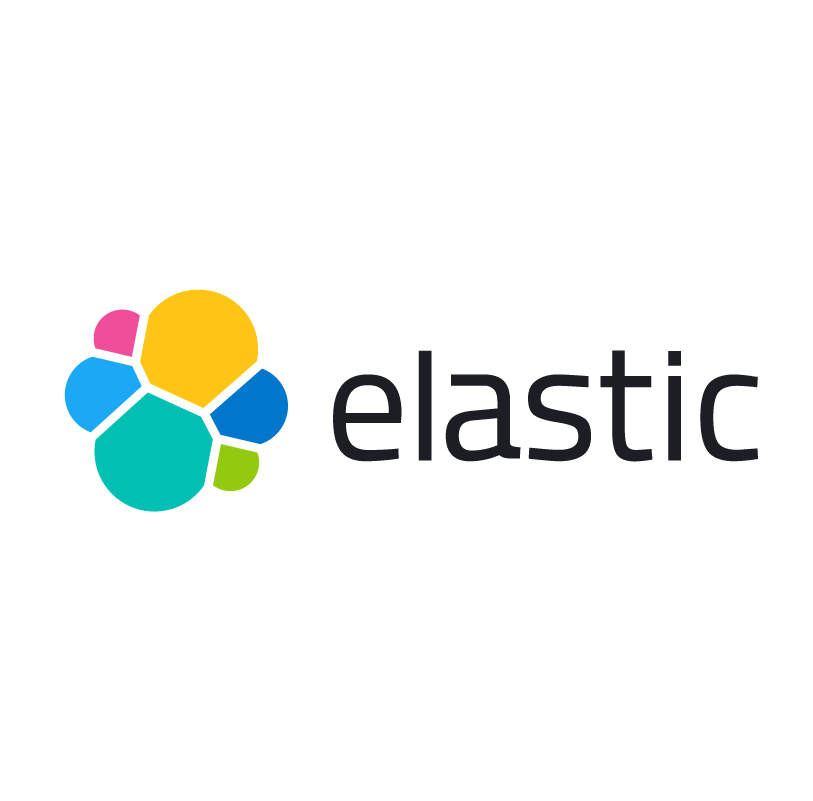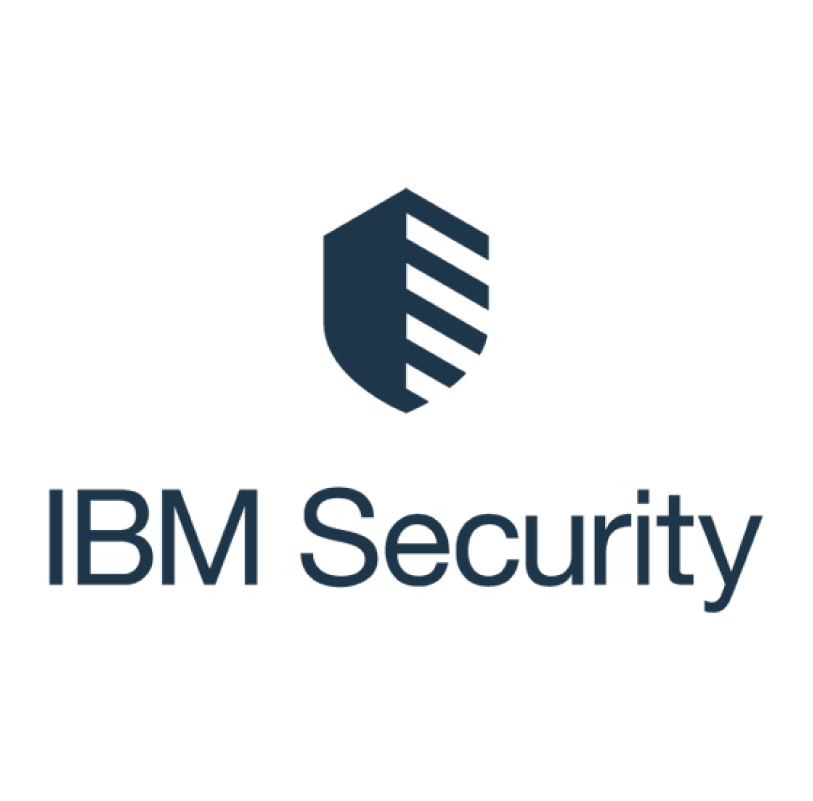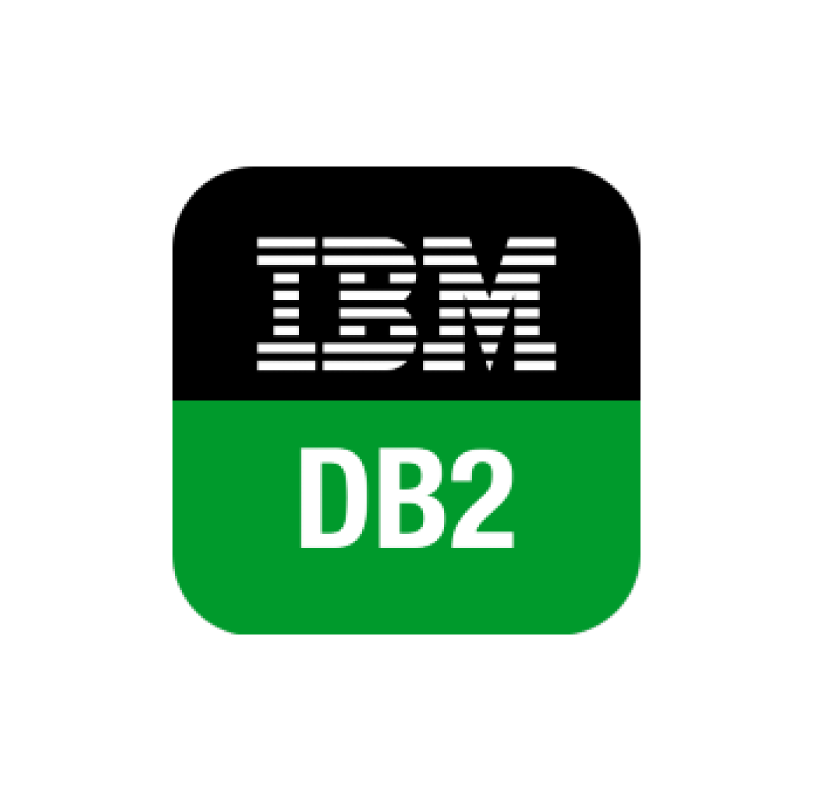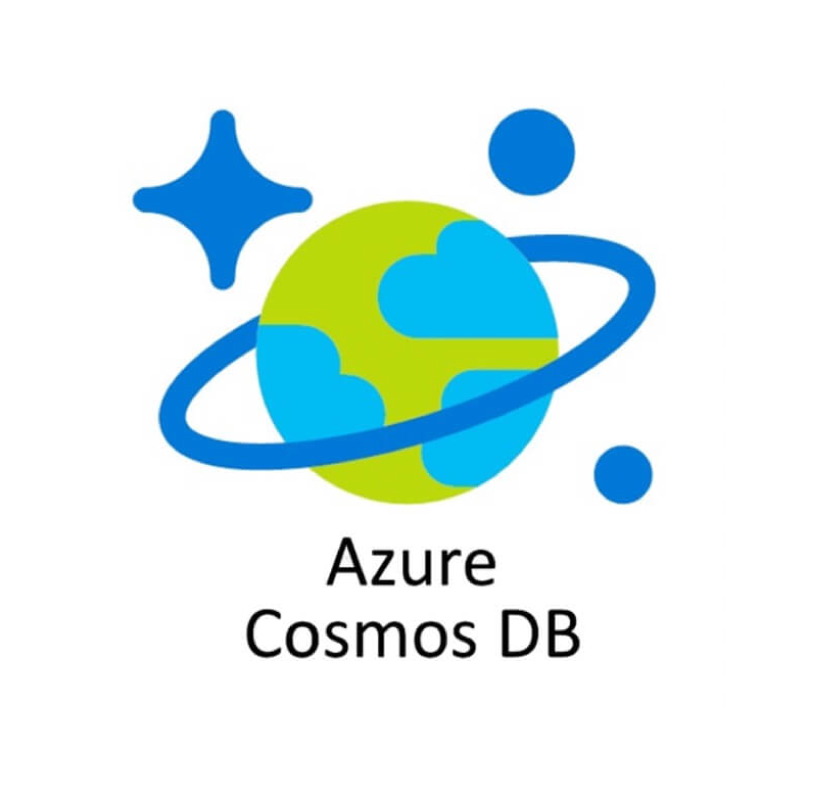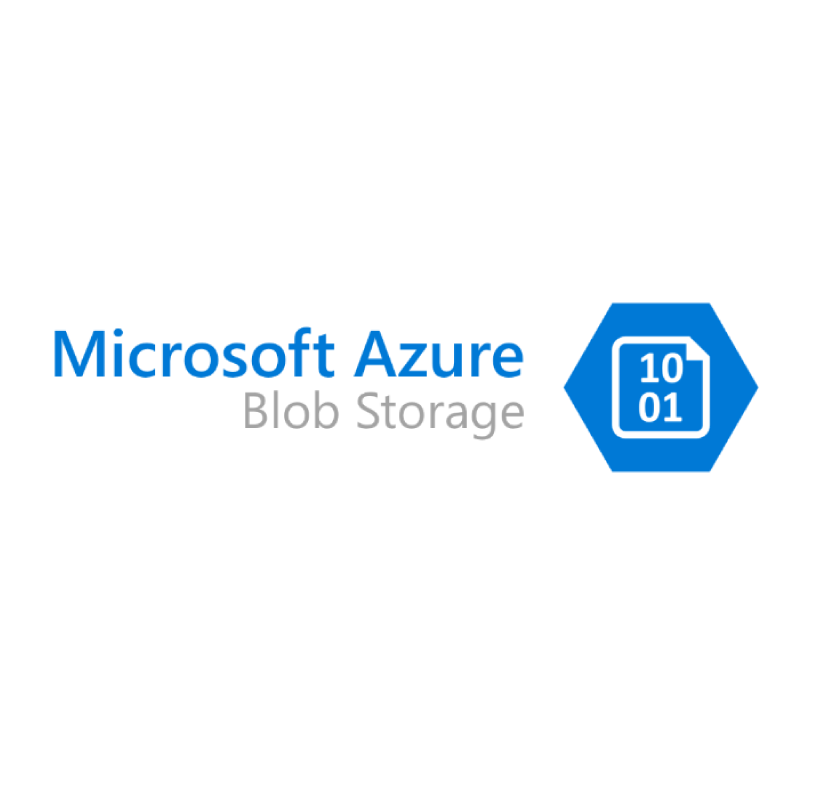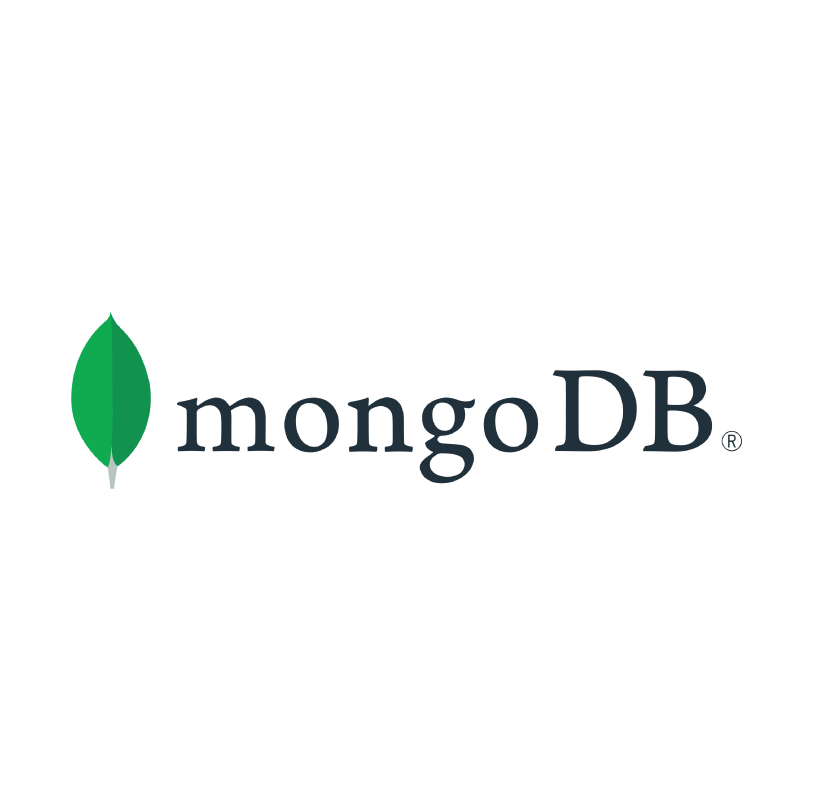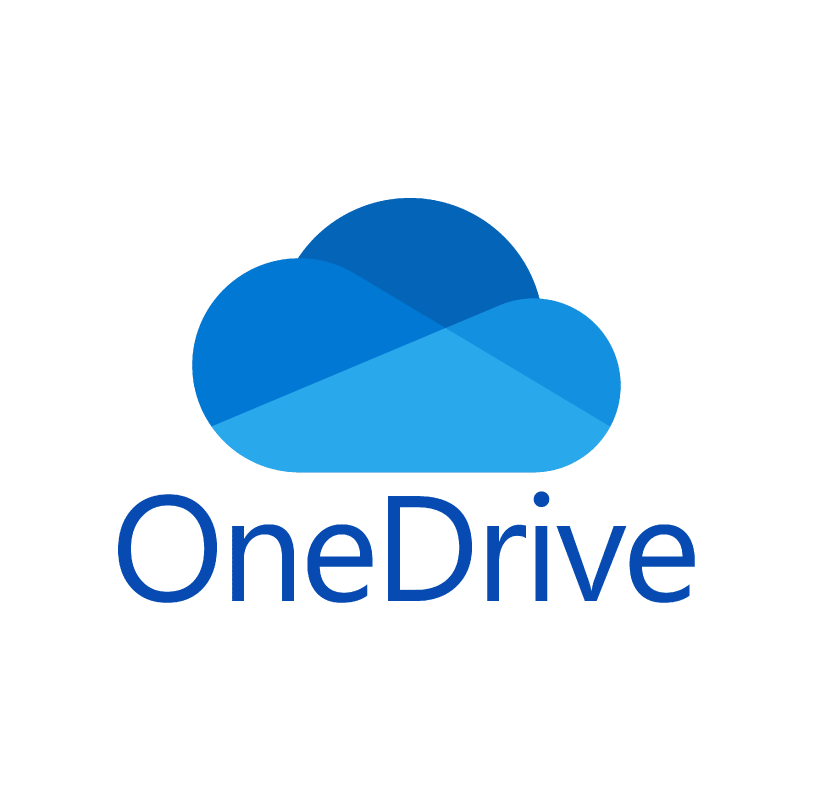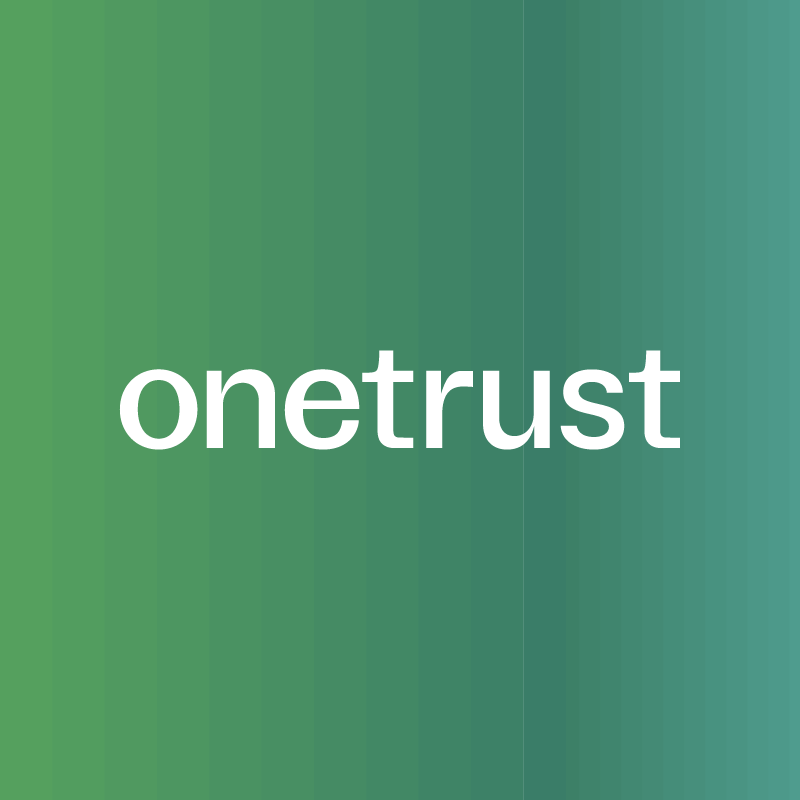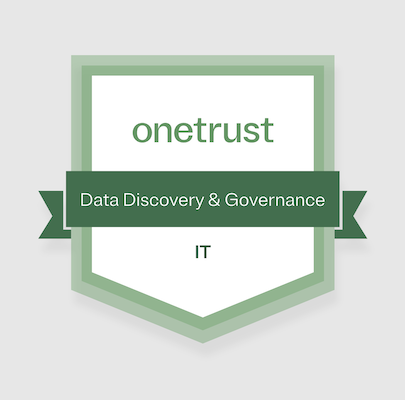Organizations are looking to mature their privacy programs as the focus on privacy rights, and privacy regulations continue to increase. Most are seeing the need to automate the privacy rights request lifecycle for one primary reason: the volume of requests increases as individuals become more aware of their right to request, delete, or modify any of their data held within an organization. And even though some organizations may not have a significant volume of requests at the present moment, future events such as breaches or public privacy incidents may result in a wave of requests (even if the organization is not directly involved). As a result, organizations have a need now, more than ever, to be prepared to respond to Data Subject Access Requests and utilize automated data discovery for their DSAR programs.
OneTrust DataDiscovery supports your privacy program by automating the fulfillment of Data Subject Access Requests. Efficiency and effectiveness are key to responding to any privacy rights requests that you may receive, whether for the GDPR, the CCPA, or other regulations requiring organizations to respond to individuals.
Watch the Webinar: How Data Discovery Enhances Your DSAR Workflow
So how do you effectively search source systems to identify and correlate data subject’s information? How do you get that information compiled into a central management platform and fulfill these requests as quickly and efficiently as possible?
Why should you use targeted Data Discovery for privacy rights request?
It is key to look at the way organizations work to discover data. With the huge variety of applications and data sources an organization uses, dynamically orchestrating other tasks that need to be completed and automating the fulfillment of DSAR requests is essential.
What are most organizations doing now? The current norm is to take a more manual or semi-automated approach to fulfill requests. Once a company receives a request, several tasks are created in an attempt to find individual data in various applications and data sources, which then leads to the involvement of several different individuals to fulfill these requests. In this instance, no matter how many tasks are created, it still might not be enough to locate all the requesting individual’s data. This is an obstacle that will always be present unless a more automated way to understand what, where and who’s data is provided. This challenge can be overcome with OneTrust Targeted Data Discovery, automating almost every part of the data subject and consumer rights requests lifecycle, minimizing the number of hours spent in data search and the resulting gaps in data collection while maximizing efficiency and creating a seamless journey towards fulfillment.
Read the Blog: Why Privacy Teams Need Data Discovery
How OneTrust Data Discovery can help fulfill DSAR requests
Understanding your data
The first step to effectively fulfilling a DSAR request is to understand where data related to the requesting individual is located. To face this challenge, you need automated technology to keep pace with your data environment and infrastructure’s growing scale. OneTrust DataDiscovery completely scans and categorizes all the data that you hold. With DataDiscovery, there is a centralized view of all the identity-correlated data you hold, as well as an intelligent ML-based classification to assist in conducting a thorough search of all regulated data types.
Reviewing your results
Data is complicated. Sometimes you might not be confident that the way we’ve labeled or classified the data is correct. For that reason, the tool gives a confidence score. You can choose things to be automatically confirmed when it meets a certain confidence threshold, or you can choose to mandatory review it yourself.
Conducting targeted scans of data
Once you know what systems hold relevant data, you can perform targeted searches on those systems, data sources, databases, and SaaS applications. OneTrust Data Discovery gives you the most efficient and lightweight method to conduct these targeted scans of systems. The OneTrust solution takes a surgical approach to finding data directly correlated to the requestor so that time and resources are maximized in the search and collection of personal data. This reduces the amount of time spent on privacy rights requests and gives you the tools to differentiate between areas that are relevant and irrelevant to these requests.
Use robotic automation to complete the final steps
You don’t want to just stop at knowing where the data is and getting those results. You need to be able to control access and have portability. Our robotic automation functionality allows for these key actions to take place – having data anonymized, pseudo-anonymized, deleted, or redacted. There is an incredible amount of flexibility in relation to the amount of automation desired from each OneTrust customer.
Read the Blog: How data discovery enhances & automates your data mapping
Organizations need an efficient way to discover what identity-correlated data they have across their IT ecosystem and retrieve it to fulfill consumer data requests while adhering to all regulations. OneTrust DataDiscovery helps organizations automate the privacy rights request lifecycle from intake to fulfillment.




































